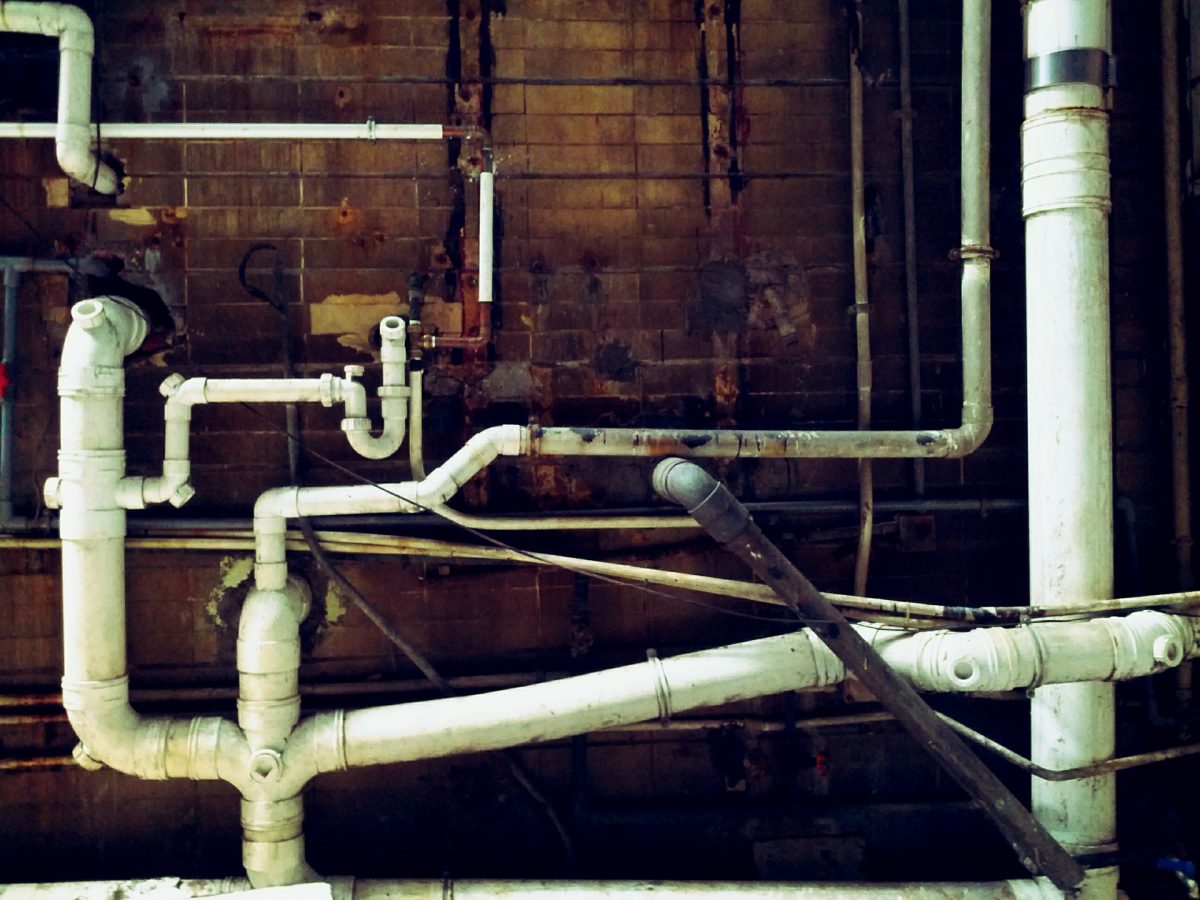
15 Jun When Should You Replace Plumbing Pipes?
When buying a house, a deal breaker for many potential homeowners is poor plumbing. However, that mostly pristine plumbing system you loved when you first moved in won’t last forever. Over the years with wear and tear, you will eventually need to repair or replace your pipes. And unless your home is fairly new or remodeled, it’s very likely that your plumbing pipes will need to be replaced sooner than you think.
But how can you tell? You don’t want to wait for a plumbing catastrophe before replacing your pipes as it will damage your home and cost you more money. Luckily, there are some warning signs you can watch out for that will tell you it’d be beneficial to replace your pipes.
Water Discoloration
Have you ever seen your water have a brownish hue? It might not be dirt. That brownish discoloration in your water may mean that your pipes are corroding and rusting. As pipes continue to rust and corrode, minerals will break off and flow through the pipes and into the water you drink, bathe in, and clean with. This also can be a sign of galvanized pipes which need replacing.
As minerals accumulate on the rusty spots, clogs can form. Over time, this can cause your pipes to burst, resulting in major damage to your home.
Rust may not only form inside the pipe. In humid climates like our home in Hawaii, It can also form on the outside of your pipes and cause a leak that way. It’s a good idea to know
Low Water Pressure
No one likes low water pressure but it can be difficult to narrow down exactly what’s causing it. Low water pressure can be linked to a variety of issues. Two of the most common are clogs and leaky pipes. And while you may not need to replace your pipes over a clog, you probably should if there are leaks in your pipes.
Leaky pipes can be disastrous for your home. Leaks can cause water to seep into your walls and foundation, resulting in rot and mold growth. Mold growth can cause severe respiratory health issues and has been linked to many other health problems.
Changes In Pipe’s Appearance
Do you have areas in your home where your pipes are exposed? It’s a good idea to have your pipes inspected visually every so often and make sure they look normal. Sometimes, what’s happening inside the pipe can manifest in strange deformities on the outside of the pipe. Keep an eye out for:
- Rust
- Discolorations or stains
- Dimpling
- Flaking
- Droplets from specific areas (leaks)
If you don’t have exposed pipes available, camera pipe inspection can be used as an alternative.
Pipe Material
This isn’t so much a warning sign to look for, but more of a safety measure you should take to learn more about your home. Do you know what your pipes are made of?
Over the years, plumbing pipes have been made using a variety of materials. Some of them may last a long time while others will not. Some of them won’t rust or corrode yet some may be putting harmful chemicals in your water. Here are the most common materials and how long they last:
- Copper is one of the more common piping materials. Copper pipes tend to last 70 to 80 years.
- Brass pipes are common in older homes and tend to last a bit longer than copper pipes. Brass pipes tend to survive anywhere from 80-100 years. However, brass pipes have been known to contain trace amounts of lead, which can be harmful to your health.
- Galvanized steel was once touted as one of the most long-lasting pipes to have in your home because they were dipped in a protective layer of zinc to prevent rust. Time has shown that galvanized steel may not have been as effective or long-lasting as originally thought. These are common in older homes and last 80 to 100 years.
- Cast iron can withstand large amounts of water pressure and survive 80-100 years. However, similarly to your cast iron skillet in your kitchen, cast iron pipes are subject to rust.
- Polybutylene was popular in the ’70s through the ’90s due to their affordability. Unfortunately, this is one of those situations of getting what they pay for because they usually break down within 15 years.
- PVC (polyvinyl chloride) piping is a very common solution in today’s homes. These generally survive for 25-45 years but do not leave lead or rust in your water, making them a healthy choice for homeowners.
- Lead pipes are very common in older homes because they last up to 100 years. However, lead has been tied to a variety of health issues and lead poisoning can be fatal.
If you don’t know what kind of pipes you have in your home, you should check as soon as possible to ensure that you’re not exposing yourself to lead poisoning.
535 Plumbing
If you have any of the warning signs we mentioned, you should call an expert. At 535 Plumbing, we will inspect your pipes and let you know if it’s time to replace your pipes or how long you have left with your current piping system. We can also diagnose future problems before they result in corrosion, leaks, or worse. Call 535 Plumbing today, we’ll schedule your appointment immediately.


